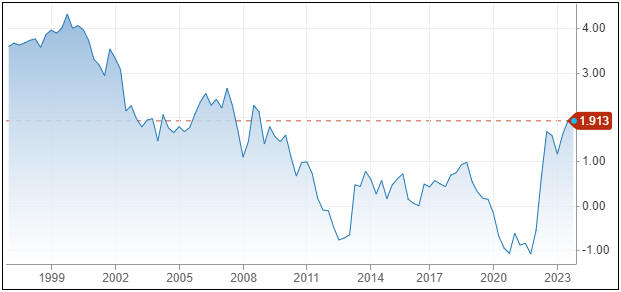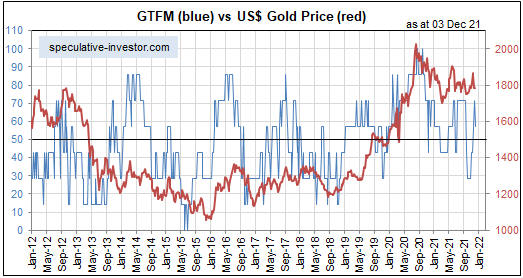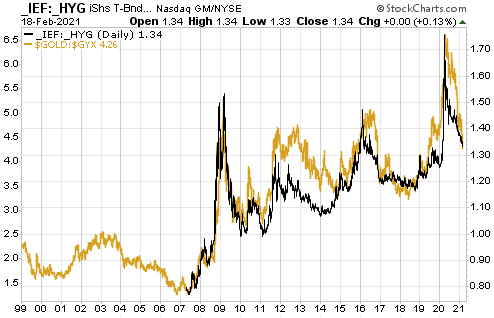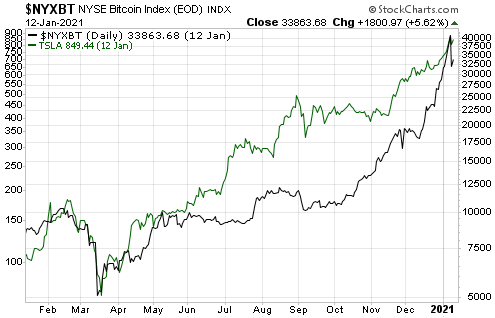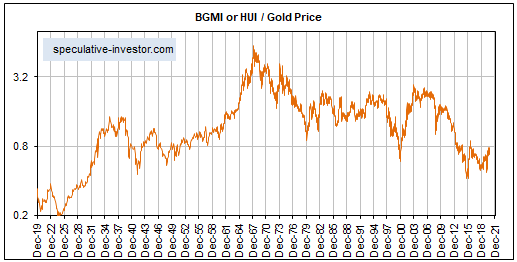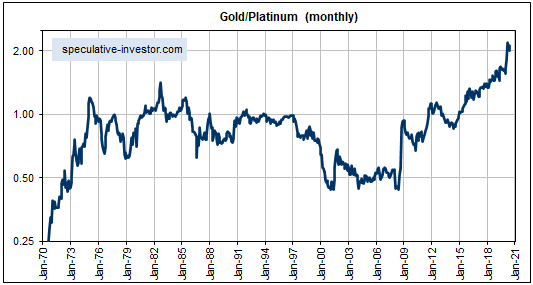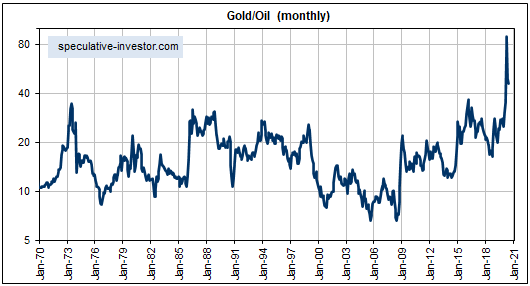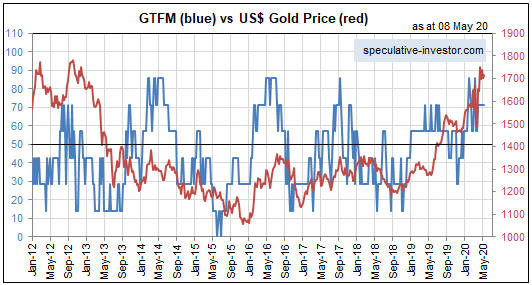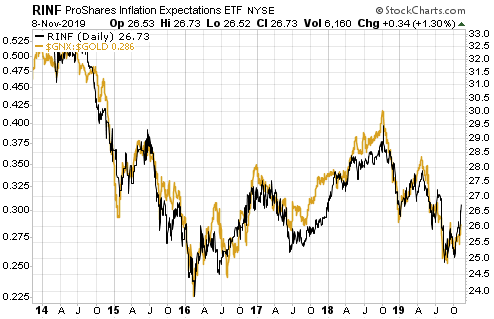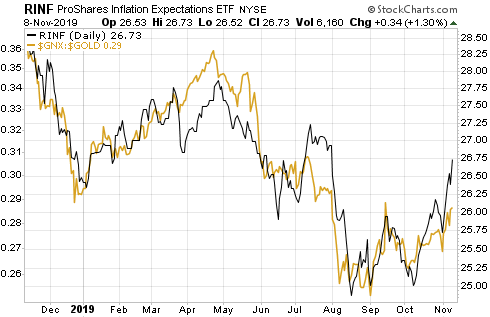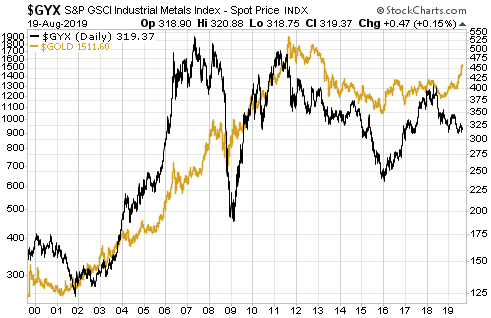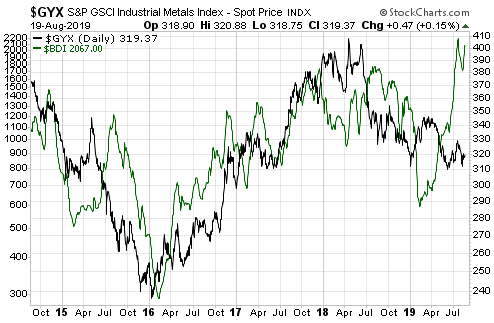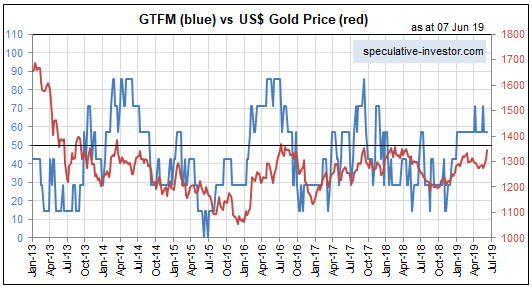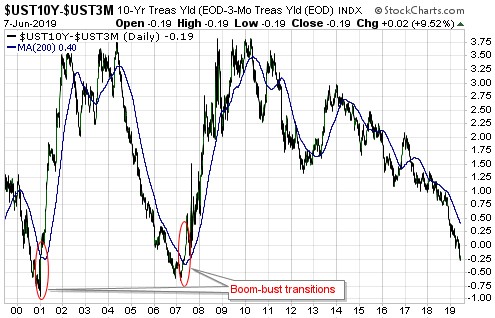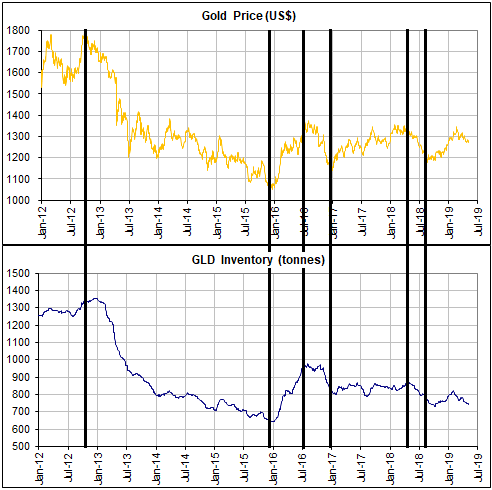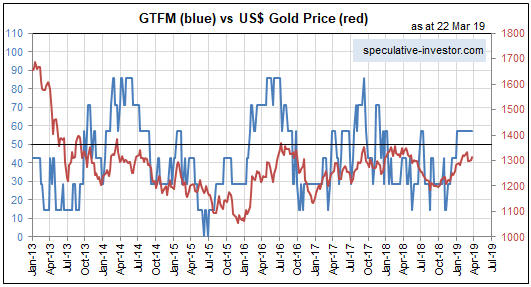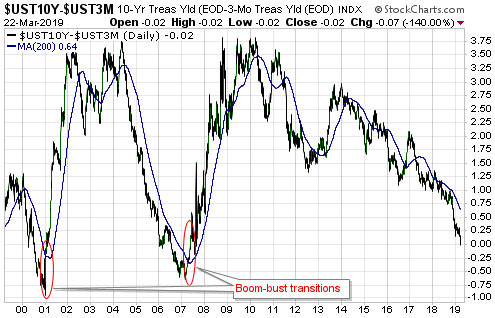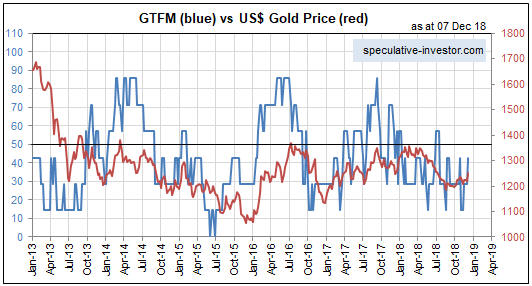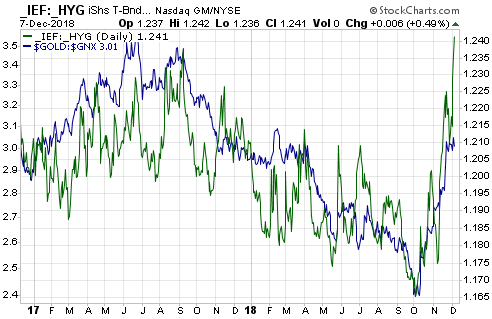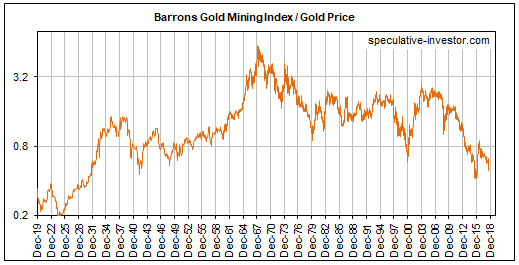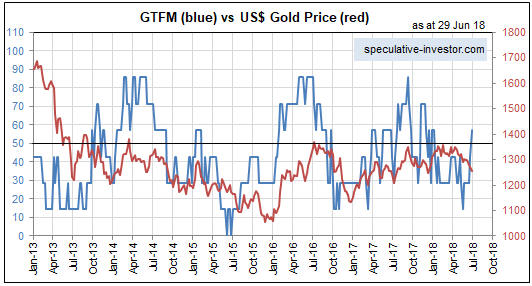“Nonsensical Gold Commentary” was the title of a recent Mineweb article in which the author, Lawrence Williams, laments that a significant amount of commentary published on gold can be uninformed and misleading. This is ironic, since the bulk of Lawrence Williams’ writings about the gold market (and the silver market) are uninformed and misleading.
When it comes to his gold-market commentary, Mr. William’s most frequent mistake is to focus on the amount of gold ‘flowing’ into China as if this were one of the most important drivers, if not the most important driver, of the gold price. To be fair, in this regard he has a lot of company and much of what he writes on the topic is copied from the wrongheaded analyses put forward by reputed experts on gold.
I’ve dealt with the China gold fallacy in several previous posts*. It is related to the more general fallacy that useful information about gold demand and the gold price can be obtained by monitoring the amount of gold being transferred from one part of the market to another or from one geographical region to another.
Since every gold transaction involves an increase in gold demand on the part of the buyer and an exactly offsetting decrease in gold demand on the part of the seller, it should be obvious that overall demand cannot possibly change as a result of any purchase/sale. And it should be obvious that regardless of whether gold’s price is in a bullish or a bearish trend, some parts of the market and some geographical regions will be net buyers and others will be net sellers. And it should also be obvious that an increase in volume — which requires an increase in both buying and selling — can accompany a price decline or a price advance, meaning that there is nothing strange about a fall in price going hand-in-hand with increased buying or a rise in price going hand-in-hand with increased selling.
Unfortunately, none of these facts are apparent to the gold analysts who attempt to obtain clues about gold’s price performance and prospects by tracking the amount of gold being transferred from sellers to buyers.
I’m reticent to pick on Lawrence Williams, because I suspect that he means well and, as mentioned above, he has a lot of company. However, his commentary is difficult for me to ignore, the reason being that I closely monitor the Mineweb site and therefore can’t avoid seeing the headlines of the articles he writes. For example, when scanning through the Mineweb headlines a few days ago I was enticed to click on an article titled “SGE gold withdrawals surge again“, which turned out to be another Williams piece about China’s gold demand. Although this article regurgitated some of the usual misleading information, the last paragraph was interesting.
The last paragraph was interesting because it contained a blatant contradiction. Here’s the relevant excerpt:
“…the overall level of SGE [Shanghai Gold Exchange] withdrawals has to be a consistent indicator of Chinese demand trends and from them it looks as though the trend is rising so far this year whether they are a definitive measure of Chinese wholesale gold consumption or not. They are most certainly a measure of China’s internal gold flows.”
The last sentence is correct. The SGE withdrawals are a measure of internal gold flows, that is, a measure of the amount of gold transferred from some people in China to other people in China. As a consequence, they provide NO information about overall Chinese demand trends. The last sentence therefore contradicts the preceding sentence and shines a light on the confusion in the minds of those who attempt to gather useful information about the gold price by fixating on trading volumes.
 Print This Post
Print This Post

